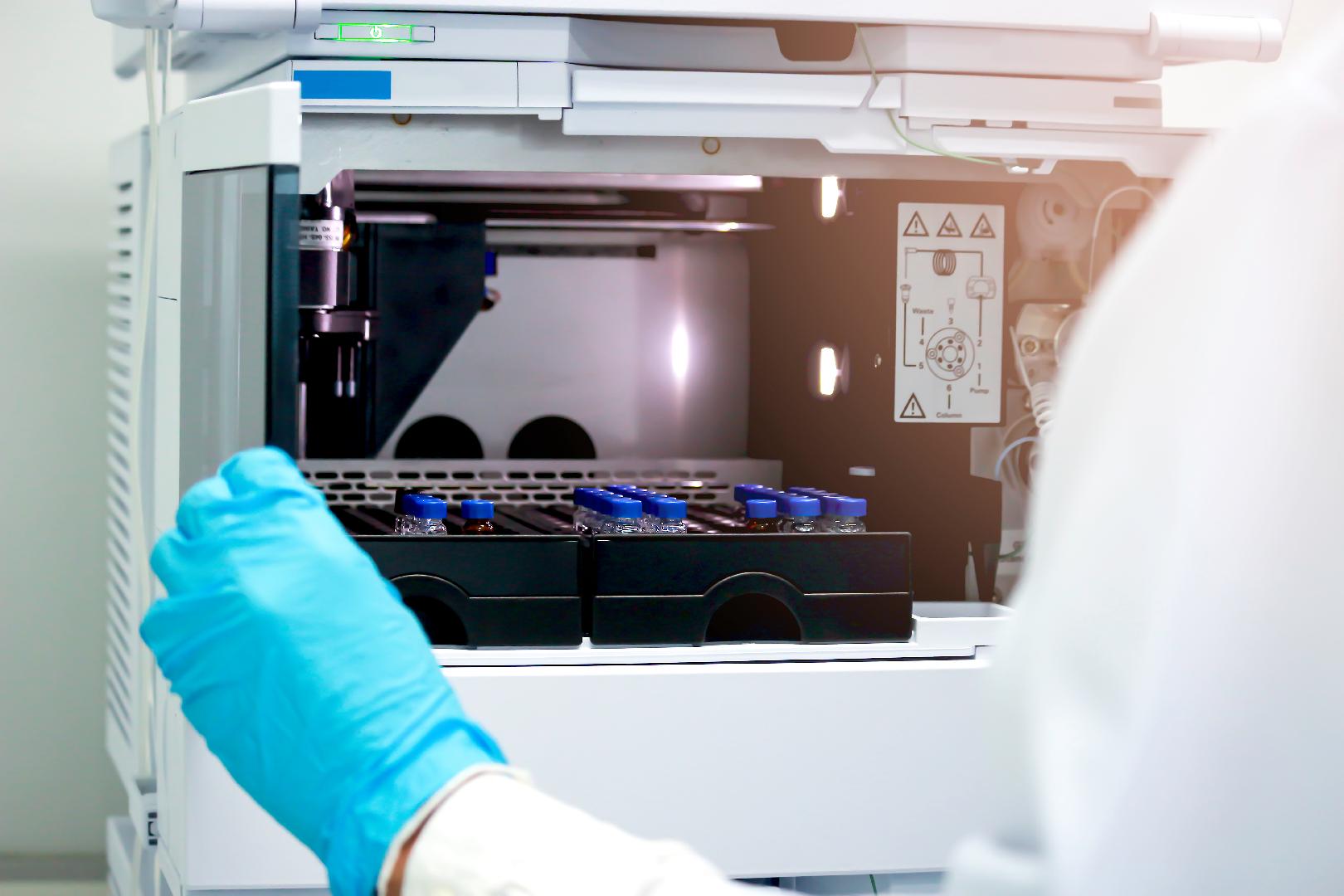Mycotoxins are toxic substances resulting from the metabolism of some fungi and molds. For the development of microorganisms that produce these toxins, several factors are necessary, such as physical-chemical factors, type of substrate, temperature, and humidity of the storage place, in addition to the amount of water present in the grains and their pH (MAZIERO and BERSOT, 2010).
Mycotoxins do not induce protective immunity since they are not antigenic, and therefore, their effects vary with the type, dose, and even the age, sex, and health of the animal. The main clinical signs reported in dogs and cats poisoned by mycotoxins present in their food are vomiting, diarrhea, convulsions, abdominal pain, polydipsia, polyuria, ascites, anorexia, and development of chronic liver damage. In canine medicine, it is common to record mycotoxicoses that occur silently, which makes differential diagnosis difficult (SILVA, 2019; WITASZAK et al., 2019).
The main mycotoxins and their respective target organs, identified in the canine species, are aflatoxins (AFLA) and fumonisins (FUMO) in the liver, deoxynivalenol (DON) in the digestive system, ochratoxin A (OA) in the kidneys, zearalenone (ZEA) in the reproductive system, patulin (PTA) in the liver and kidneys, and citrinin (CIT) in the kidneys and digestive system (SOUZA and SCUSSEL, 2012).
Contamination of dog and cat foods with mycotoxins can occur directly or indirectly. The first occurs when some of the ingredients are previously contaminated, and even with the elimination of the fungus during the extrusion process, the mycotoxins remain in the food, since they are resistant to high temperatures. The direct form is related to food contamination by toxigenic fungi and the subsequent appearance of mycotoxin production (FERREIRA et al., 2007).
The mycotoxicosis scenario in pet food factories is quite challenging
Given this, we need strategies that guarantee the high quality of the ingredients used in the manufacture of food for dogs and cats or find solutions that prevent mycotoxins from being absorbed by the animals' bodies.
Implementing a comprehensive mycotoxin monitoring program in the pet food plant is essential. This program should include several steps, from careful selection of ingredient suppliers to accurate and reliable laboratory testing.
To address the problem of mycotoxicoses it is essential to adopt an approach that includes the identification, quantification, and understanding of the mycotoxins present in the ingredients which will be used to manufacture dog and cat foods. This involves the use of precise methodologies that allow us to determine which mycotoxins are present, as well as their concentrations, helping to evaluate ingredient suppliers and the possible harm that may be caused to animals.
Currently, the most well-known methodologies available for the quantitative analysis of mycotoxins in ingredients are high-performance liquid chromatography (HPLC), enzyme-linked immunosorbent assay (Elisa), lateral flow strips (LFD) and near-infrared spectroscopy technology (NIR). These methods allow detection at extremely low levels, ensuring compliance with food safety regulations.
It is important to highlight that the choice of a methodology is crucial to have a reliable analysis. However, the real value of managing mycotoxins found in ingredients used in the manufacture of dog and cat foods lies in the ability to interpret the results, evaluate their criticality, and implement corrective plans.
Technology is playing an increasingly important role in improving mycotoxin monitoring. Real-time detection systems and predictive analytics based on artificial intelligence are being explored to identify potential risk points in production and enable proactive response.
Mycotoxin adsorbent additive's introduction in pet foods has proven to be an effective solution to mitigate the risks of mycotoxins, mainly in factories that do not have control analysis at reception and in monitoring, the silos where these ingredients are stored.
For an adsorbent to be considered efficient, it must present some characteristics: it must destroy, inactivate, or eliminate the toxin; not produce toxic or carcinogenic residues in final products or in foods obtained from animals that consumed a detoxified diet; and maintain the nutritional value and acceptability of the product (FREITAS et al., 2012).
The adsorbent or chelating agent is an inert material without any nutritional principle, which could adhere to the surface of the mycotoxins present, causing their elimination through the feces of dogs and cats, preventing the toxins from being absorbed by the body. (MOREIRA et al., 2018).
Aluminosilicates (clays) are the basis for the development of adsorbent additives. In the 1980s, the ability of certain clays (bentonites, zeolites, and others) to bind to food mycotoxins in the digestive tract of animals, preventing their absorption, was discovered.
Currently, we have the most varied types of adsorbents available on the market, products based on volcanic rocks associated with other more technological and broad-spectrum compounds that combine the use of inorganic, organic, and yeast adsorbents. In addition to additives that support the immune system, they restore liver functions and help maintain intestinal integrity.
When choosing a mycotoxin adsorbent, it is important to check the mycotoxin adsorption efficiency, which considers the percentage of adsorption and desorption in the intestine. This evaluation includes the stability of the adsorbent-mycotoxin bond and its effectiveness in different pH ranges since the product is expected to act throughout the gastrointestinal tract (Binder, 2007).
pH values vary throughout the digestive tract, from acidic conditions to basic conditions. Therefore, the binding capacity of products can be influenced by changes in pH, creating the risk that mycotoxins are adsorbed in one part and released (desorbed) in another part of the digestive tract (Zavarize, 2021).
Furthermore, it is necessary to evaluate whether the adsorbent has a broad spectrum, that is, if it is effective for as many mycotoxins as possible.
Another extremely important point to consider is the need for the adsorbents to have low inclusion so that they take up minimal space in the food formula and contribute an insignificant amount of mineral matter to the final product. This is especially crucial in premium, super-premium, and especially cat foods, where the amount of mineral matter tends to be lower, compared to dog foods, due to the adjustments necessary to avoid the formation of uroliths. Furthermore, it is essential that the adsorbents do not affect the palatability of the product.
Source: All Pet Food Magazine
You could be interested: Understanding Minimally Processed: What It Really Means for Your Pets Food
About author
Ludmila Barbi T. BomcompagniBrazilian living in Mexico City, veterinarian with a master's degree in Animal Nutrition. Having experience in pet food formulation and raw materials evaluation, she currently dedicates to the study and development of functional additives for pet food nutrition.
About author
Erika StasieniukAnimal Scientist graduated from UNESP —Botucatu, with a Master’s degree (2009) and Ph.D. (2013) in Animal Science, with an emphasis on Companion Animal Nutrition, from UFMG— Belo Horizonte. With over 15 years of experience in the pet food industry, she has worked in Research and Development, formulation of dry extruded foods, premixes, and supplements for dogs, cats, and fish, with experience in both national and multinational companies. Since 2019, she has been the founder of SFA Consultoria, providing technical and strategic support to national and international companies that produce food and ingredients for dogs and cats. She also trains professionals through online courses and mentorships, with more than 200 students in Brazil and abroad. She is currently also a postgraduate professor at Faculdade CTA, where she teaches the subject of Dry Extruded Food Formulation for Dogs and Cats. You can find her on Instagram: @erikastasieniuk






































